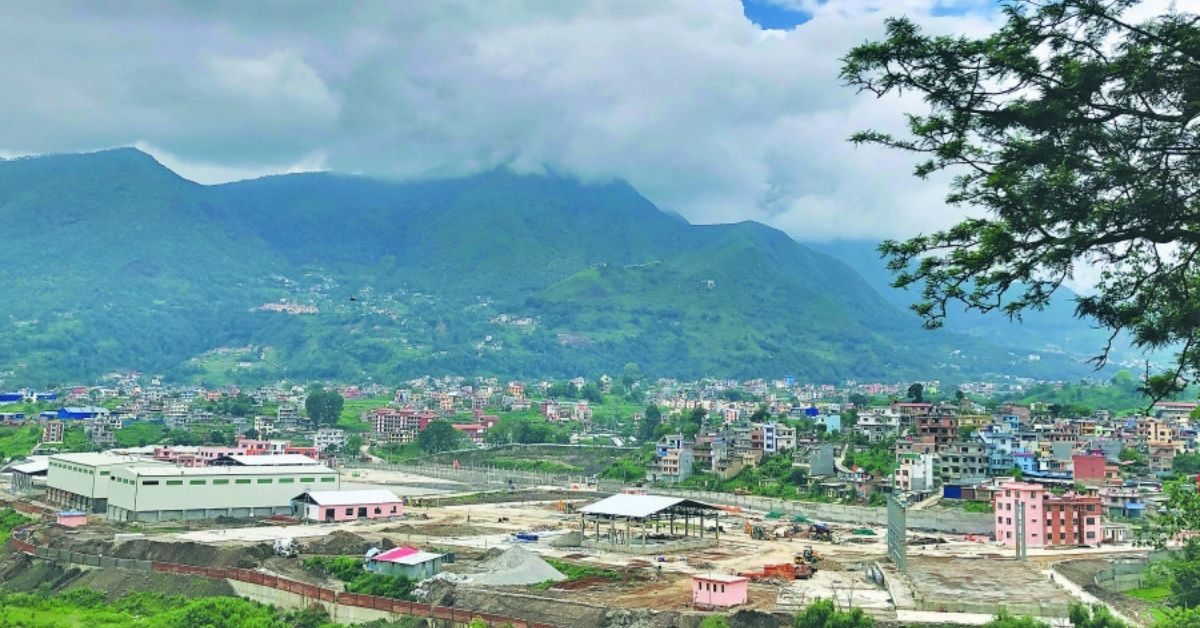Prime Minister Sher Bahadur Deuba inaugurated the facility, which is located in the southwestern corner of Kathmandu Valley and occupies 11.77 hectares.
The dry port or Inland Clearance Depot will allow importers to make customs clearance of their goods in Kathmandu itself, saving them trips to the various border checkpoints from where shipments enter Nepal. “This kind of infrastructure will help facilitate trade,” the prime minister said. “It is important to increase investment in infrastructure for economic growth.”
He said that the facility would ease imports and exports and make Nepal’s trade more managed and competitive. Responding to stakeholders’ suggestions to connect the dry port with railroad, Deuba said that railway is important but would require huge investments beyond Nepal’s capacity. “We can build railways only if somebody funds us or provides subsidised loans,” he said.
The then Prime Minister KP Sharma Oli, on January 18, 2019, had laid the foundation for the dry port. The construction of the infrastructure was completed in mid-June last year.
According to customs officials, the facility had been completed eight months ago, but the inauguration was delayed as it was necessary to complete internal work and enact laws to operate the facility.
The dry port was constructed at the cost of Rs1.54 billion, a loan from the World Bank.
A 35,000 square feet parking area has been constructed for a total of 500 containers and 500 trucks. The dry port has three buildings that will have customs, quarantine facility, security, three warehouses, stuffing and stuffing shed [storage], three weighing machines, an electric sub-station and boundary lights.
Vishnu Agrawal, the president of the Confederation of Nepalese Industries, speaking on the occasion, said that the construction of the dry port would minimize the cost of logistics, time and problems related to the import and export of goods.







